The strangest aircraft in the history of aviation (27 photos)
 Bashny.Net
Bashny.Net
Caspian Sea Monster
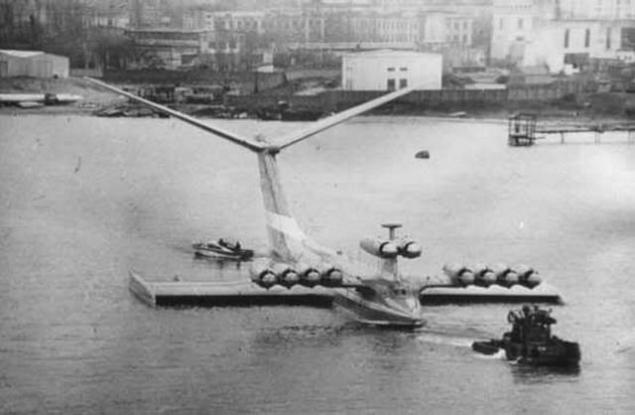
Monster of the Caspian Sea, also known as "Caspian Monster" was an experimental WIG developed in the design office Rostislav Alexeyev in 1966. Stipa-Caproni
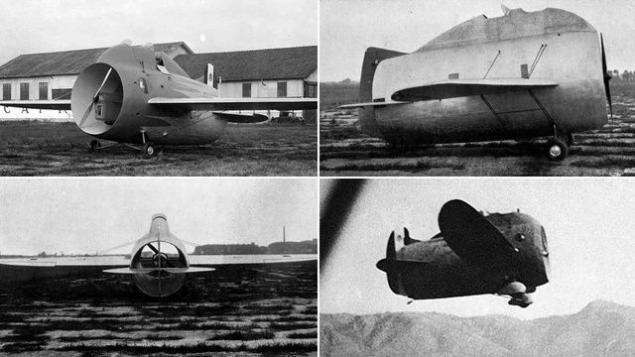
Stipa-Caproni - Italian experimental aircraft with the fuselage in the form of barrels (1932).
Blohm & Voss BV 141

Blohm & Voss BV 141 - German reconnaissance aircraft tactical WWII, famous for its unusual structural asymmetry.
Douglas XB-42 «Mixmaster»
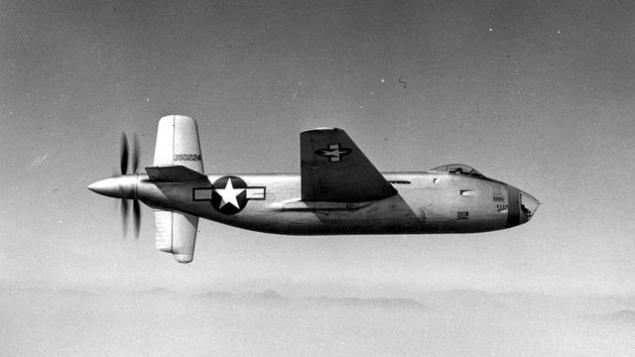
Douglas XB-42 «Mixmaster» - a bomber pilot, specially designed for very high maximum speed (1944).
«Libellula»
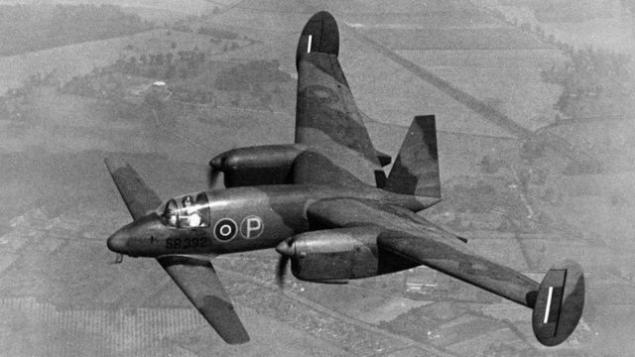
«Libellula», British experimental aircraft with double wings and two engines, the pilot gave great visibility when landing on aircraft carriers (1945).
North American XF-82
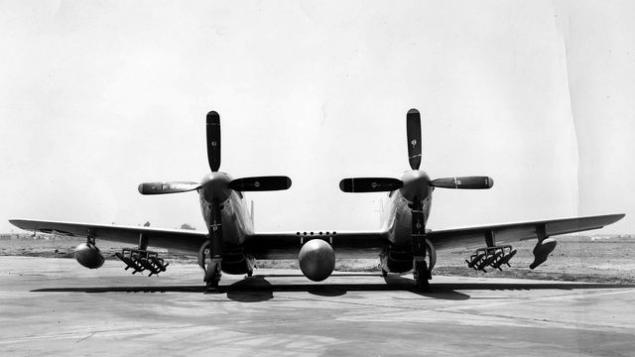
North American XF-82 - sew together two aircraft the P-51 «Mustang», and you get this long-range escort fighter (1946).
Northrop XB-35
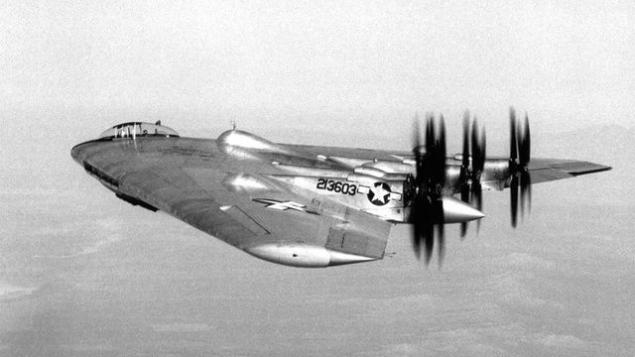
Northrop XB-35 - Pilot bomber "flying wing", developed for the Air Force United States at the end of the Second World War.
McDonnell XF-85 «Goblin»
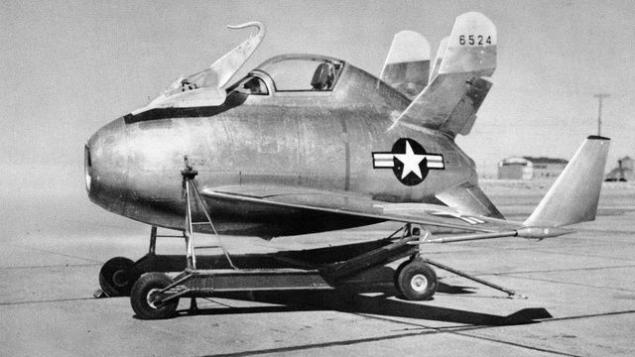
McDonnell XF-85 «Goblin» - an American prototype fighter jet, which was supposed to run from the bomb bay of the aircraft Convair B-36 Peacemaker (1948).
Martin XB-51
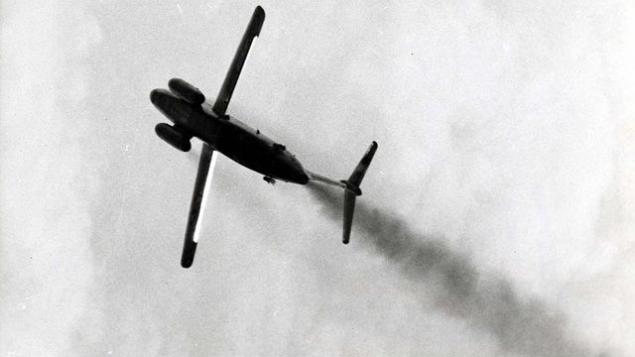
Martin XB-51, the American attack with three engines. Pay attention to the unconventional design: one engine located in the tail, and two capsules under the front part of the fuselage (1949).
Douglas X-3 Stiletto «Stiletto»
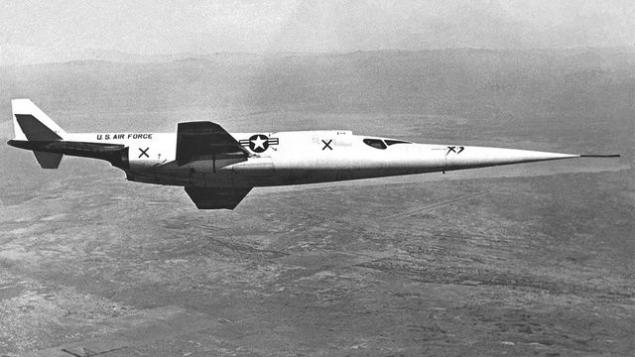
Douglas X-3 Stiletto «Stiletto» was built for the study of structural features that are required for the aircraft flying at supersonic speeds (1953-1956 years).
Flying Platform-aerotsikl De Lackner HZ-1

De Lackner HZ-1 was designed as a single agent for flying reconnaissance missions (1954).
Lockheed XFV
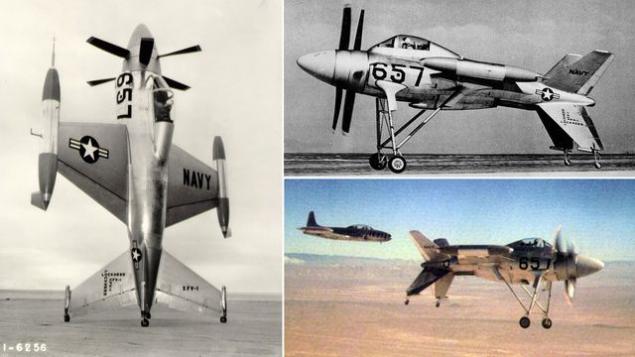
Lockheed XFV «The Salmon», experimental prototype fighter escort with the ability to take off "from the tail" (1953).
Flying coleopter Snecma (C-450)
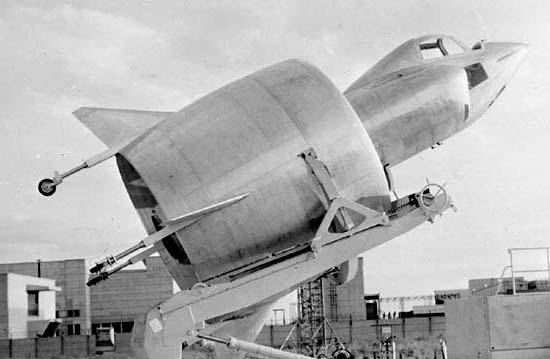
Snecma C-450 - French pilot an airplane with a circular-wing and turbo engine that can take off and land vertically (1958).
Avro Canada VZ-9 «Avrocar»
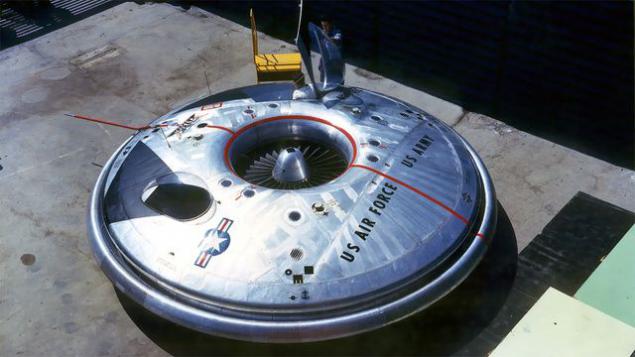
Avro Canada VZ-9 «Avrocar» - disk-shaped aircraft vertical takeoff and landing, developed as part of a secret project of the US Army (1959).
HL-10
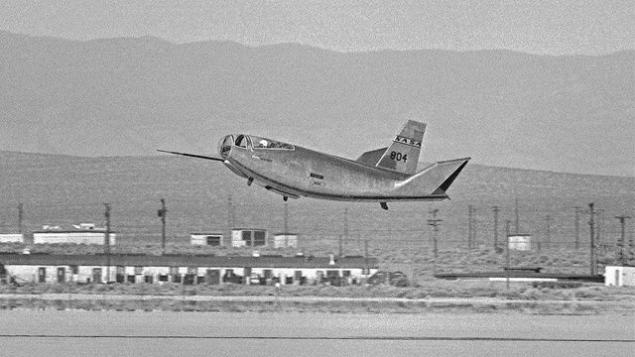
HL-10 - one of five aircraft built in the framework of NASA «Lifting Body Research Program» (1966 - 1970).
Dornier Do 31
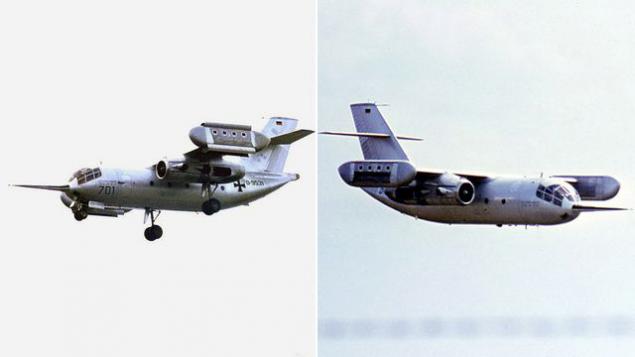
Dornier Do 31 - West German pilot transport VTOL (1967).
«Aerodyne» Alexander Lippisch
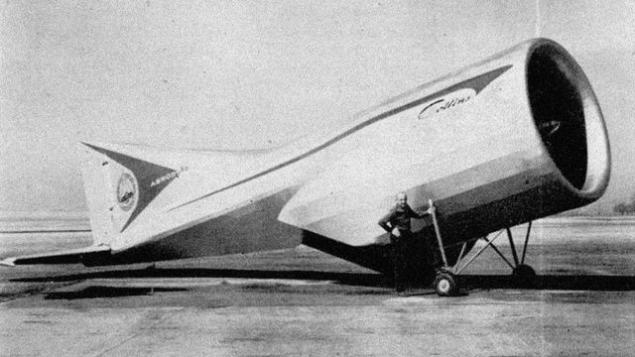
«Aerodyne» Alexander Lippisch - wingless airplane pilot. Its thrust was provided inside two coaxial propellers (1968).
Vought V-173

Vought V-173 "Flying Pancake" - experimental fighter developed for the Naval Forces of the USA (1942).
Hyper III

Hyper III - a full-size remote-controlled aircraft, built in the Center for the Study of flights by NASA in 1969.
VVA-14 Robert Bartini

VVA-14 - Soviet amphibious aircraft vertical takeoff, developed in the design office Beriev in the 1970s.
Ames-Dryden (AD) -1 with an oblique wing
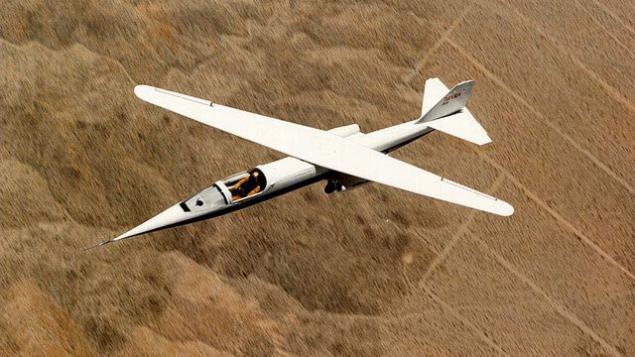
Ames-Dryden (AD) -1 - Research aircraft, designed to explore the concept of the variable wing (1979-1982).
B377PG
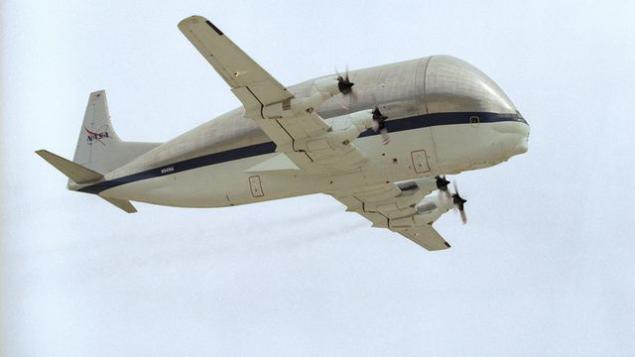
B377PG - super-turbine cargo plane NASA, which took its first flight in 1980.
X-29

X-29 - a fighter with forward-swept wing, designed to demonstrate the technology at the Center for the study of flight Dryden NASA (1984-1992 years).
Tailless fighter X-36
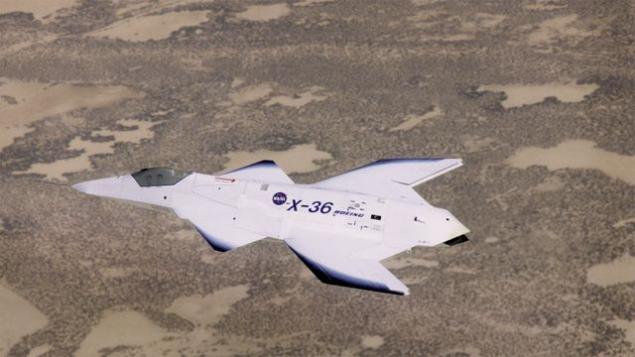
X-36 - reduced prototype fighter, built by McDonnell Douglas for NASA (1996 - 1997).
Akvaplan Beriev Be-200
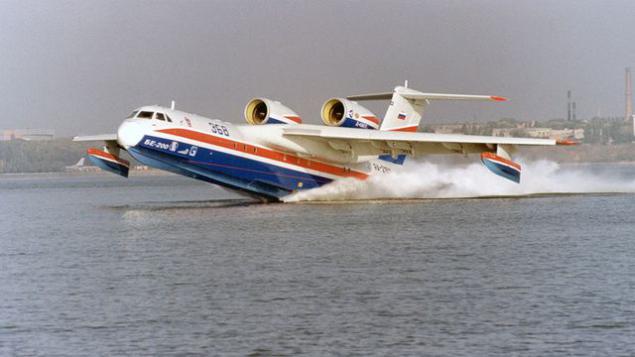
Be-200 - Russian multipurpose amphibious aircraft designed at Beriev design bureau in 1998.
Proteus

Proteus - research vessel with a double wing and two engines, built by Scaled Composites in 1998.
Caproni Ca.60 Noviplano

Caproni Ca.60 Noviplano was devyatikryloy flying boat, which was to become the prototype for a transatlantic airliner, capable of carrying a hundred passengers. He had eight motors and three sets of triple wings. Two pontoon fortified on each side, had to give the vessel stability. It was built in only one instance of this plane, and he made only one short flight over the lake Maggore Italy March 4, 1921. The plane climbed only 18 meters and then fell and broke on impact. Its pilot was not injured. Caproni collected wreckage of his aircraft, made by the shore, and announced that he was going to build it again, but this night all the surviving parts were burned.
Airbus A300-600ST

A300-600ST (Super Trucks) and "Beluga" - a version of the standard wide-body airliner with the A300-600, modified to carry aircraft parts and oversized cargoes. Initially it was called "Super Real" but nicknamed "Beluga" quickly became popular and was accepted officially.

Monster of the Caspian Sea, also known as "Caspian Monster" was an experimental WIG developed in the design office Rostislav Alexeyev in 1966. Stipa-Caproni

Stipa-Caproni - Italian experimental aircraft with the fuselage in the form of barrels (1932).
Blohm & Voss BV 141

Blohm & Voss BV 141 - German reconnaissance aircraft tactical WWII, famous for its unusual structural asymmetry.
Douglas XB-42 «Mixmaster»

Douglas XB-42 «Mixmaster» - a bomber pilot, specially designed for very high maximum speed (1944).
«Libellula»

«Libellula», British experimental aircraft with double wings and two engines, the pilot gave great visibility when landing on aircraft carriers (1945).
North American XF-82

North American XF-82 - sew together two aircraft the P-51 «Mustang», and you get this long-range escort fighter (1946).
Northrop XB-35

Northrop XB-35 - Pilot bomber "flying wing", developed for the Air Force United States at the end of the Second World War.
McDonnell XF-85 «Goblin»

McDonnell XF-85 «Goblin» - an American prototype fighter jet, which was supposed to run from the bomb bay of the aircraft Convair B-36 Peacemaker (1948).
Martin XB-51

Martin XB-51, the American attack with three engines. Pay attention to the unconventional design: one engine located in the tail, and two capsules under the front part of the fuselage (1949).
Douglas X-3 Stiletto «Stiletto»

Douglas X-3 Stiletto «Stiletto» was built for the study of structural features that are required for the aircraft flying at supersonic speeds (1953-1956 years).
Flying Platform-aerotsikl De Lackner HZ-1

De Lackner HZ-1 was designed as a single agent for flying reconnaissance missions (1954).
Lockheed XFV

Lockheed XFV «The Salmon», experimental prototype fighter escort with the ability to take off "from the tail" (1953).
Flying coleopter Snecma (C-450)

Snecma C-450 - French pilot an airplane with a circular-wing and turbo engine that can take off and land vertically (1958).
Avro Canada VZ-9 «Avrocar»

Avro Canada VZ-9 «Avrocar» - disk-shaped aircraft vertical takeoff and landing, developed as part of a secret project of the US Army (1959).
HL-10

HL-10 - one of five aircraft built in the framework of NASA «Lifting Body Research Program» (1966 - 1970).
Dornier Do 31

Dornier Do 31 - West German pilot transport VTOL (1967).
«Aerodyne» Alexander Lippisch

«Aerodyne» Alexander Lippisch - wingless airplane pilot. Its thrust was provided inside two coaxial propellers (1968).
Vought V-173

Vought V-173 "Flying Pancake" - experimental fighter developed for the Naval Forces of the USA (1942).
Hyper III

Hyper III - a full-size remote-controlled aircraft, built in the Center for the Study of flights by NASA in 1969.
VVA-14 Robert Bartini

VVA-14 - Soviet amphibious aircraft vertical takeoff, developed in the design office Beriev in the 1970s.
Ames-Dryden (AD) -1 with an oblique wing

Ames-Dryden (AD) -1 - Research aircraft, designed to explore the concept of the variable wing (1979-1982).
B377PG

B377PG - super-turbine cargo plane NASA, which took its first flight in 1980.
X-29

X-29 - a fighter with forward-swept wing, designed to demonstrate the technology at the Center for the study of flight Dryden NASA (1984-1992 years).
Tailless fighter X-36

X-36 - reduced prototype fighter, built by McDonnell Douglas for NASA (1996 - 1997).
Akvaplan Beriev Be-200

Be-200 - Russian multipurpose amphibious aircraft designed at Beriev design bureau in 1998.
Proteus

Proteus - research vessel with a double wing and two engines, built by Scaled Composites in 1998.
Caproni Ca.60 Noviplano

Caproni Ca.60 Noviplano was devyatikryloy flying boat, which was to become the prototype for a transatlantic airliner, capable of carrying a hundred passengers. He had eight motors and three sets of triple wings. Two pontoon fortified on each side, had to give the vessel stability. It was built in only one instance of this plane, and he made only one short flight over the lake Maggore Italy March 4, 1921. The plane climbed only 18 meters and then fell and broke on impact. Its pilot was not injured. Caproni collected wreckage of his aircraft, made by the shore, and announced that he was going to build it again, but this night all the surviving parts were burned.
Airbus A300-600ST

A300-600ST (Super Trucks) and "Beluga" - a version of the standard wide-body airliner with the A300-600, modified to carry aircraft parts and oversized cargoes. Initially it was called "Super Real" but nicknamed "Beluga" quickly became popular and was accepted officially.
Tags
See also
The strangest football match in the world
9 the strangest railway stations in the world
The Americans made a list of "the most bizarre Russian customs"
The best outfits in the history of Eurovision
5 most poorly-selling cars in history
The most unpopular in the history of video YouTube
Meet - many children Best President in history
Mike Bown spent traveling '23
Mike Bown spent traveling '23

















